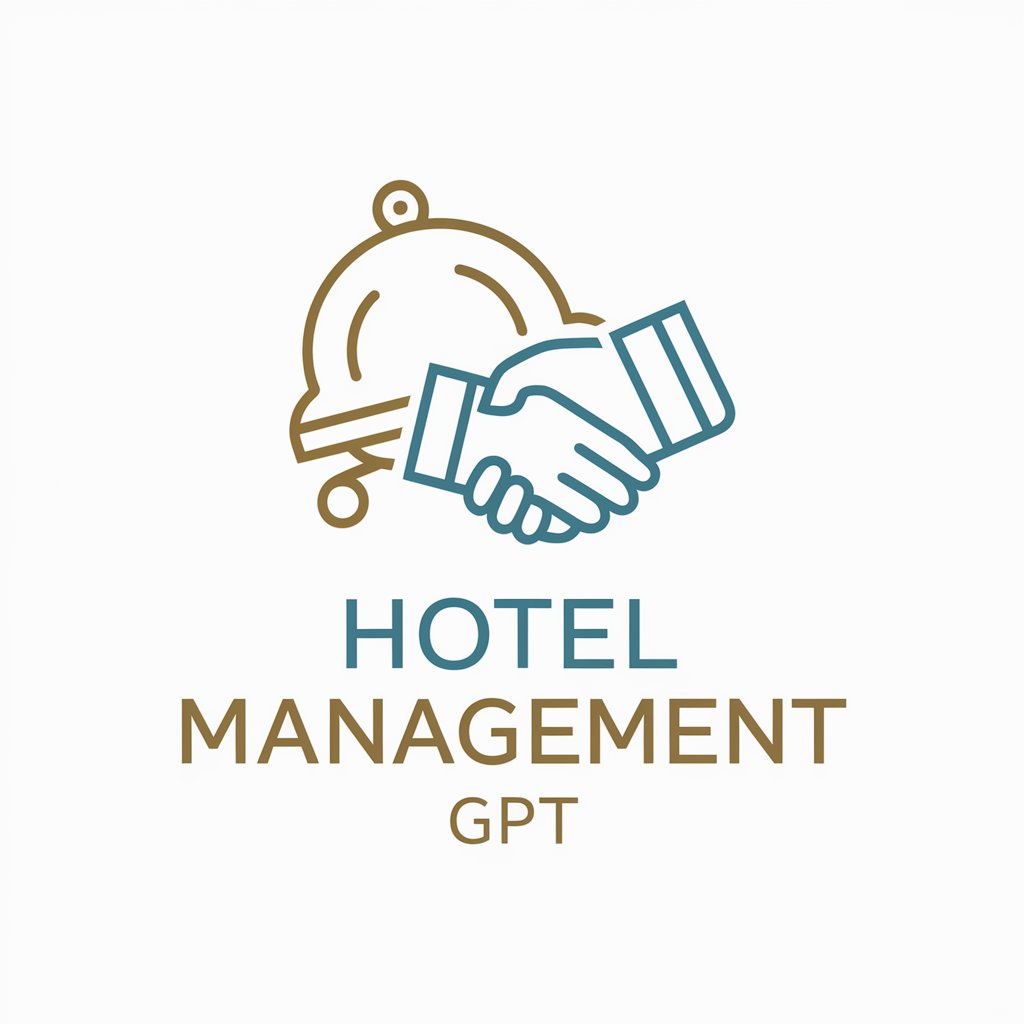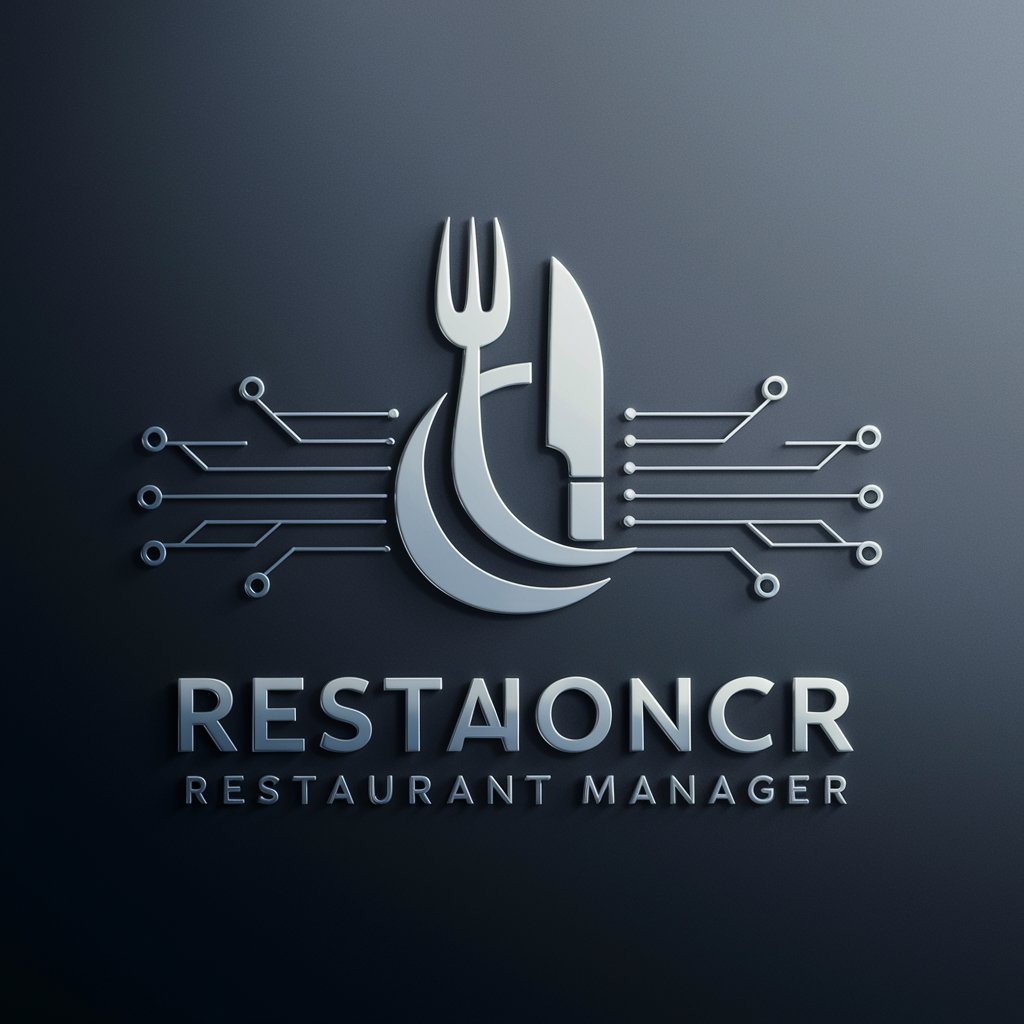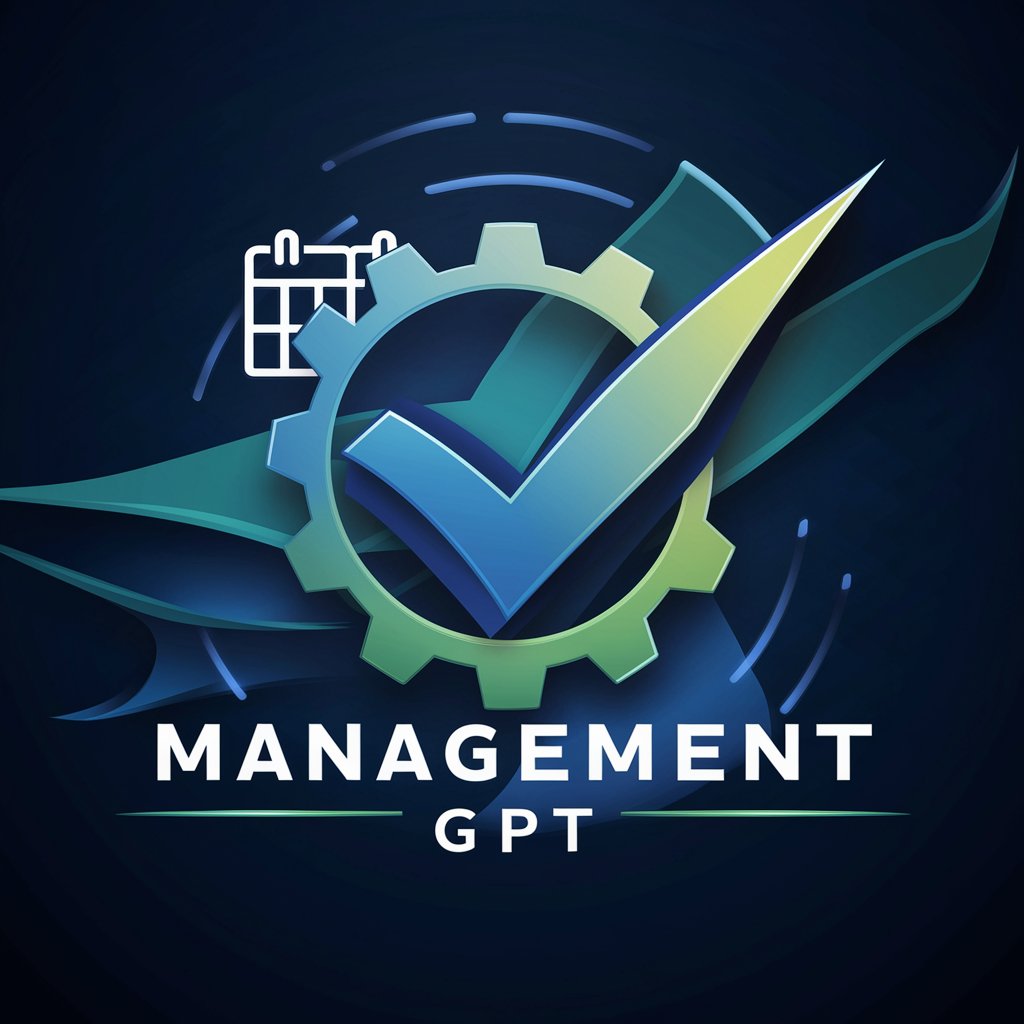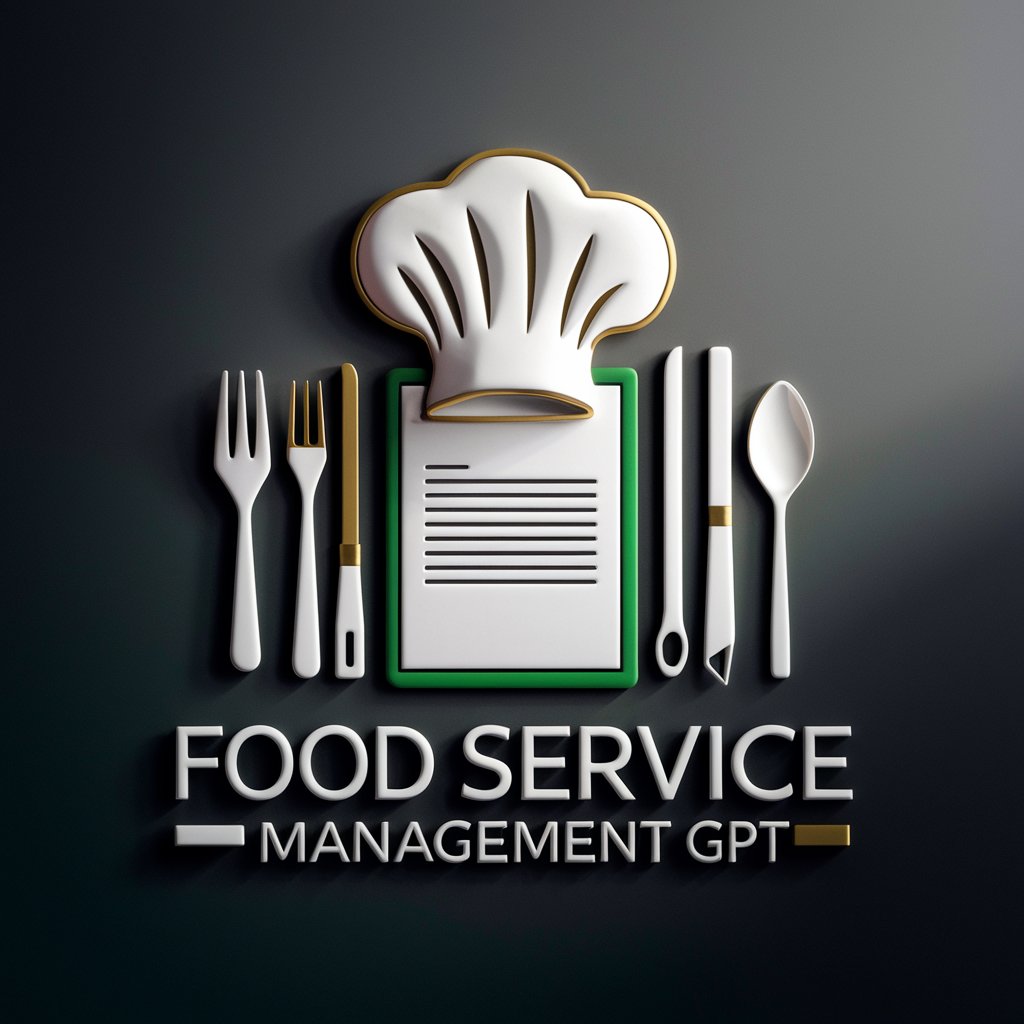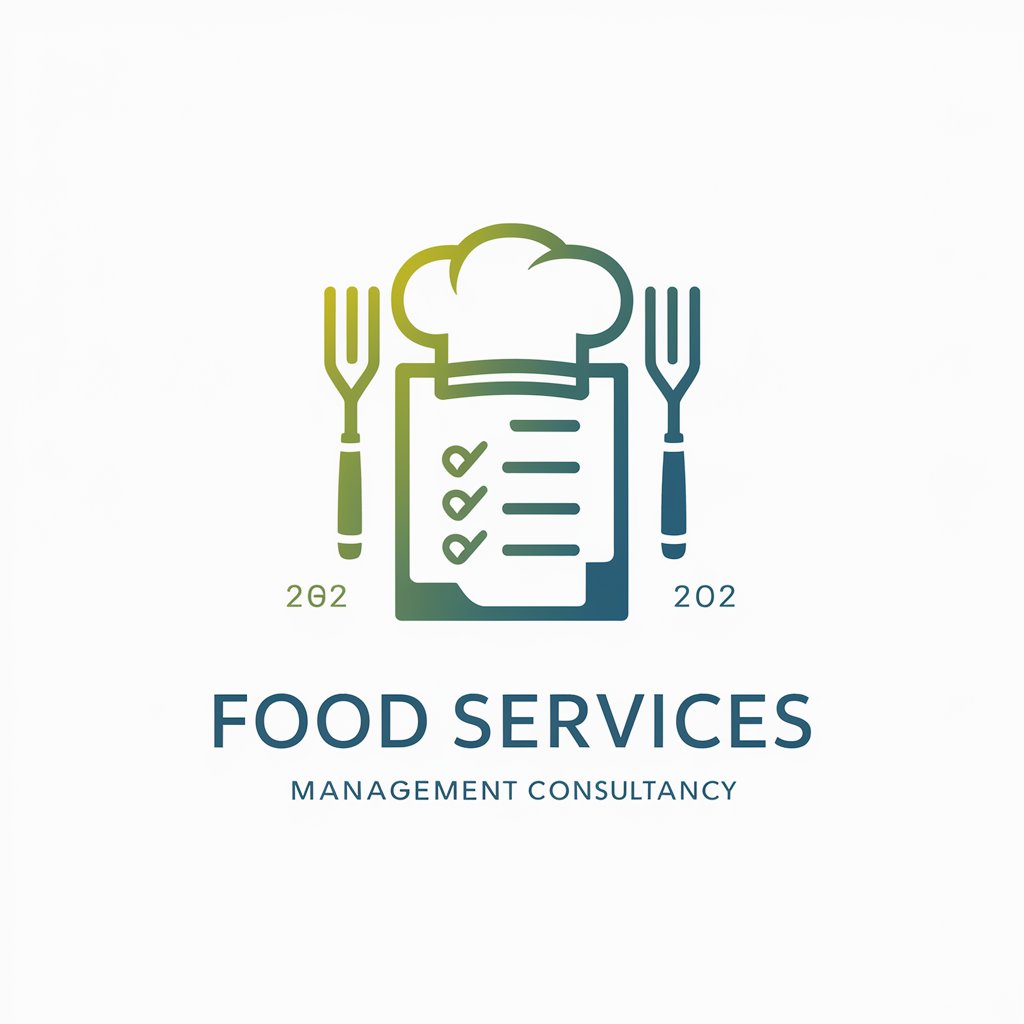
Restaurant Management - Restaurant Management Support
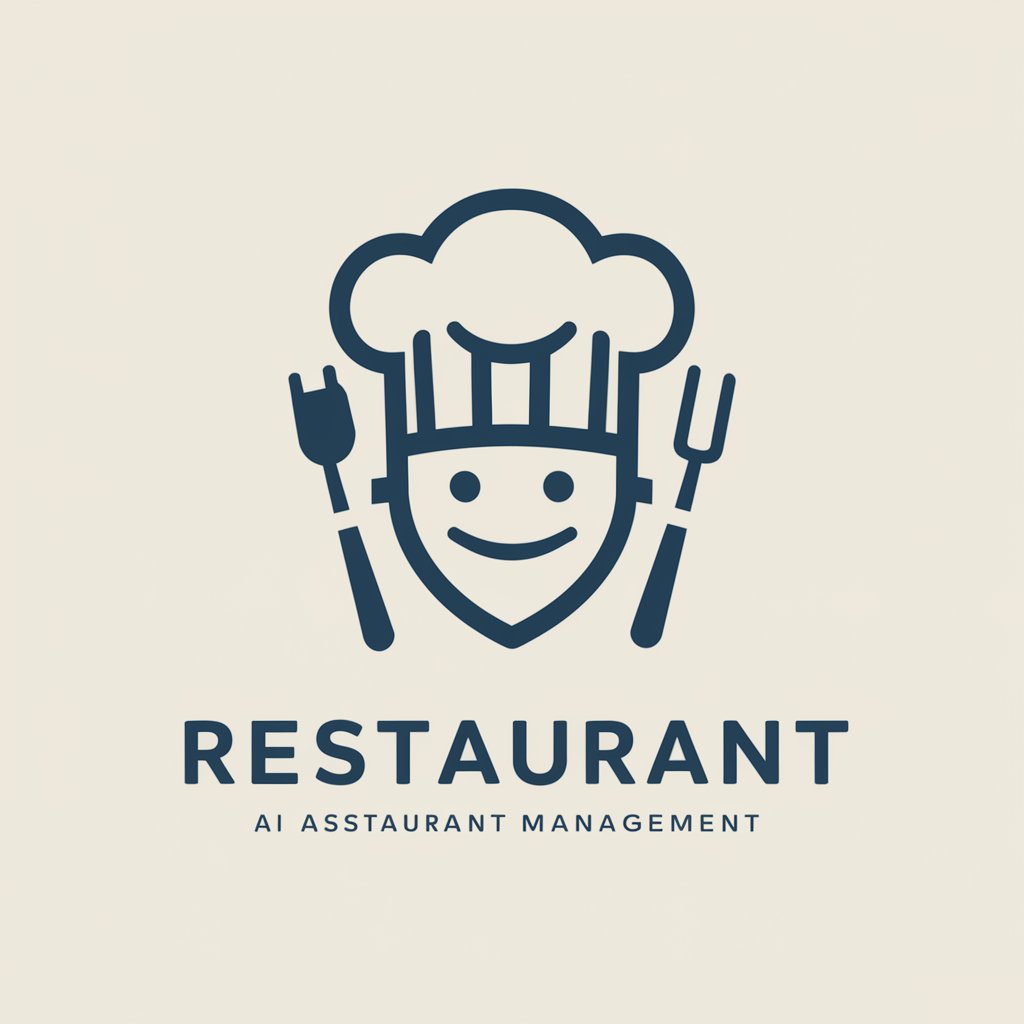
Welcome! How can I assist with your restaurant management needs today?
Elevating Dining with AI-Powered Management
Can you suggest ways to improve staff training in a restaurant?
What are some effective strategies for enhancing customer service?
How can I optimize my restaurant's menu for both profitability and customer satisfaction?
What are the best practices for managing inventory in a busy restaurant?
Get Embed Code
Overview of Restaurant Management
Restaurant Management is an AI designed to assist with the comprehensive management of restaurant operations, focusing on enhancing the guest experience, operational efficiency, and profitability. It encompasses a broad spectrum of tasks, including but not limited to, staff scheduling and management, menu development and cost control, customer service excellence, and the optimization of daily operations. This AI provides actionable insights, recommendations, and solutions tailored to the unique challenges and opportunities within the restaurant industry. For example, it can suggest strategies to improve table turnover rates by analyzing peak dining times, or offer tips on crafting a menu that balances customer preferences with cost-effectiveness, thus ensuring both satisfaction and profitability. Powered by ChatGPT-4o。

Key Functions of Restaurant Management
Staff Management and Scheduling
Example
Creating optimized work schedules based on forecasted customer volume, reducing labor costs while ensuring staff availability.
Scenario
A restaurant anticipates a busy weekend due to a local event. Restaurant Management analyzes past data, predicts customer flow, and suggests an optimal staffing plan that prevents understaffing or overstaffing, enhancing both employee satisfaction and customer service.
Menu Development and Cost Control
Example
Assisting in the creation of menus that appeal to target demographics while maintaining food cost percentages that ensure profitability.
Scenario
A bistro wants to revamp its menu to include seasonal ingredients and tap into current dining trends. Restaurant Management provides insights on popular trends, cost-effective ingredients, and pricing strategies to create a menu that attracts customers and improves margin.
Customer Service Enhancement
Example
Implementing feedback loops and satisfaction tracking to improve guest experiences and address areas of concern.
Scenario
Noticing a trend of feedback about slow service during dinner hours, Restaurant Management suggests implementing a training program focused on efficiency and customer interaction, alongside strategies to optimize table management.
Operational Efficiency
Example
Streamlining operations through technology integration, process improvement, and waste reduction.
Scenario
A cafe struggles with high waste levels and inefficiency in its kitchen operations. Restaurant Management recommends inventory management technologies and lean processes that reduce waste, streamline prep work, and enhance the overall operational flow.
Target Users of Restaurant Management
Restaurant Owners and Operators
Individuals or entities that own or operate dining establishments stand to benefit significantly from Restaurant Management's insights into cost control, staff efficiency, and customer satisfaction, aiding in the overall growth and sustainability of their business.
Chefs and Kitchen Staff
Culinary professionals can leverage Restaurant Management for menu development, ingredient sourcing strategies, and kitchen workflow optimization, ensuring high-quality offerings and efficient operations.
Front of House Staff and Managers
This group can utilize Restaurant Management to improve customer service, manage reservations and seating efficiently, and enhance the dining experience through effective communication and service strategies.

How to Use Restaurant Management
Start Your Free Trial
Begin by visiting yeschat.ai to access a free trial of the Restaurant Management AI without the need for signing in or subscribing to ChatGPT Plus.
Identify Your Needs
Evaluate your restaurant's operational challenges or areas for improvement, such as staff management, menu design, customer service, or efficiency.
Engage with the AI
Interact with the Restaurant Management AI by asking specific questions or presenting scenarios related to your restaurant's needs.
Implement Recommendations
Apply the AI's suggestions, insights, and solutions to address the identified challenges in your restaurant's operations.
Monitor and Adjust
Regularly assess the impact of implemented changes and make necessary adjustments, engaging with the AI for ongoing support and optimization.
Try other advanced and practical GPTs
Restaurant Menu Creator
Craft Your Menu with AI Precision
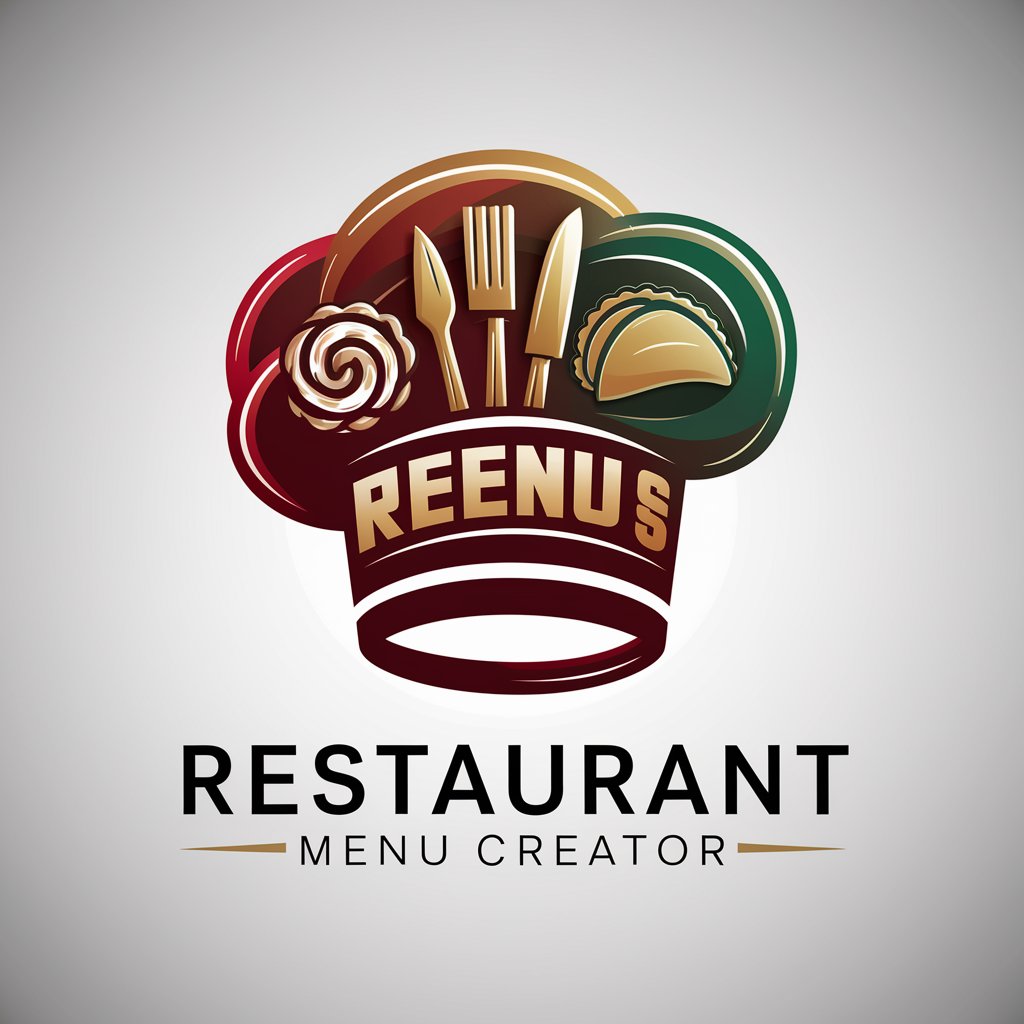
Talk Dirty To Me
Spice Up Romance with AI Flirting

DTF Transfer Calculator
Streamline Your Print Costs with AI
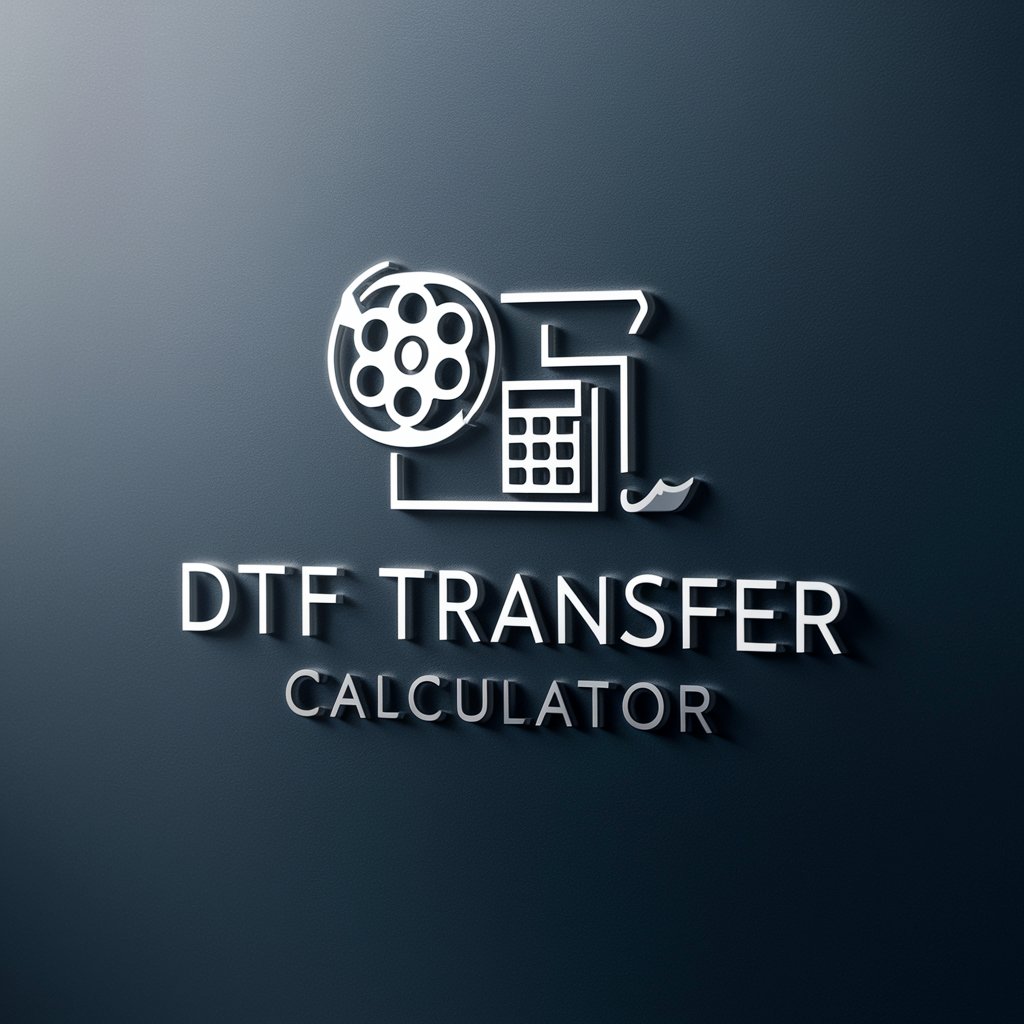
RyzaPod Champion
Grow Mushrooms Easily with AI Guidance

Les Complices - Privacy Policy
Prioritizing Privacy with AI

Apple GPT
Crafting Apple-Esque Product Narratives

InnerIGPT
Empowering Your Inner Journey with AI

Aoide Marketing Assistant
Elevate Your Marketing with AI-Powered Insights

Presidential Historian
Dive into Presidential Stories, Powered by AI

WindyGPT
Empowering Wind Energy with AI

PSAppDeploykit Pro
Streamlining software deployment with AI
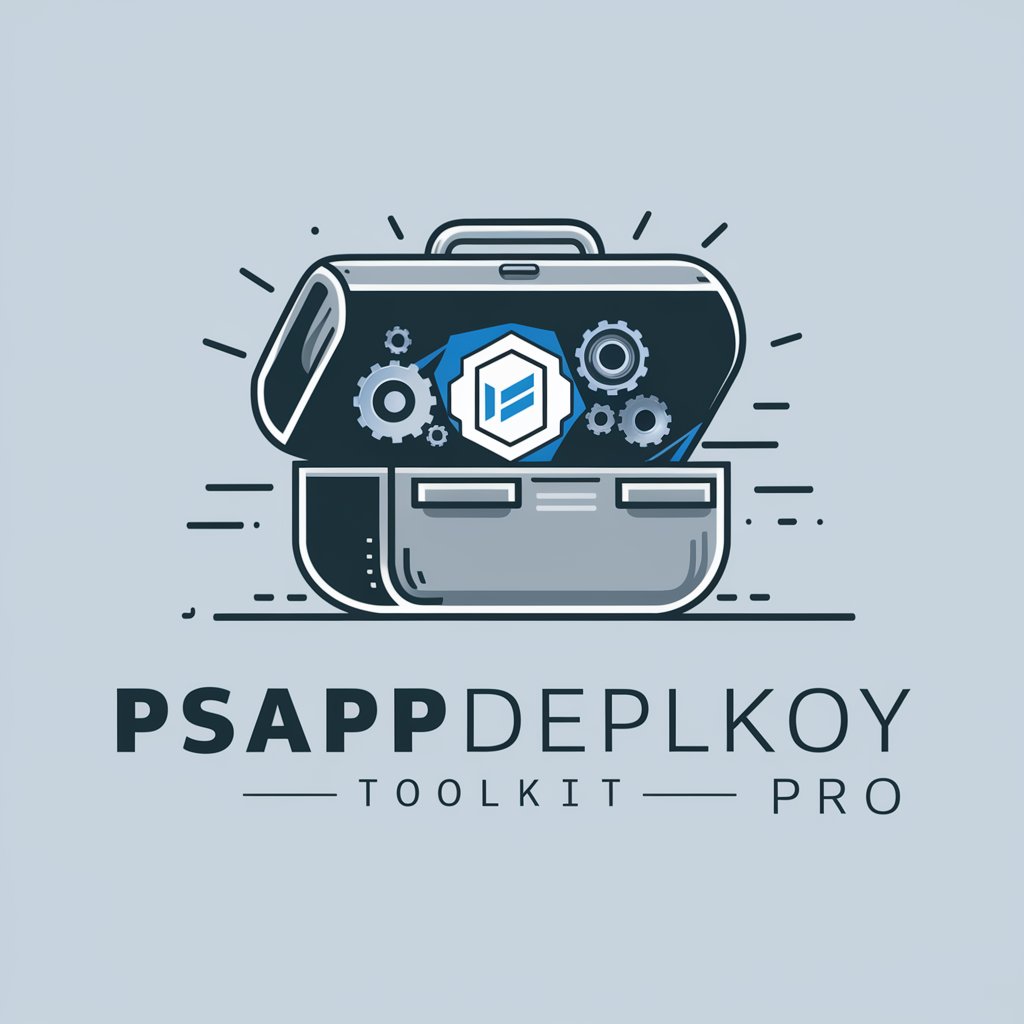
Master of Literary Styles
Craft Your Narrative with AI-Powered Literary Genius

Frequently Asked Questions about Restaurant Management
What types of restaurants can benefit from using this AI?
The Restaurant Management AI is versatile and designed to support a wide range of dining establishments, from fast-casual and quick-service to fine dining and specialty cuisine restaurants.
How can this tool help with menu design?
It offers data-driven insights on menu trends, customer preferences, and pricing strategies. It can also suggest menu layouts and design tips to enhance visual appeal and readability.
Can it assist with staff training and management?
Yes, it provides guidance on best practices for staff training, scheduling, and performance management, along with strategies to improve teamwork and employee satisfaction.
Does it offer customer service improvement tips?
Absolutely, it delivers strategies for enhancing customer service, including handling complaints, improving service speed, and personalizing guest experiences to boost satisfaction and loyalty.
How does it contribute to operational efficiency?
By analyzing your current operational processes, it identifies bottlenecks and offers solutions to streamline workflows, reduce waste, and improve overall efficiency.
